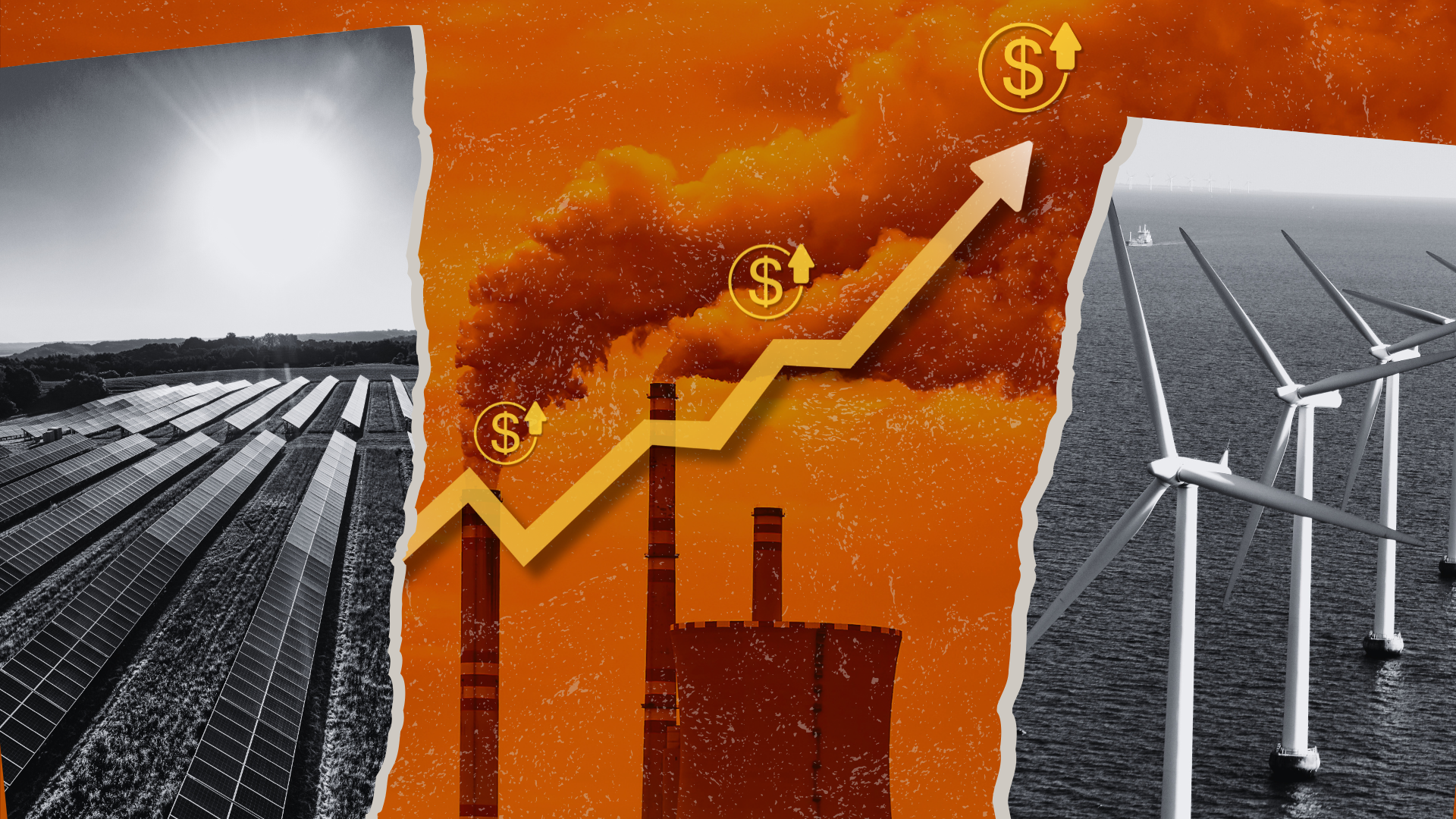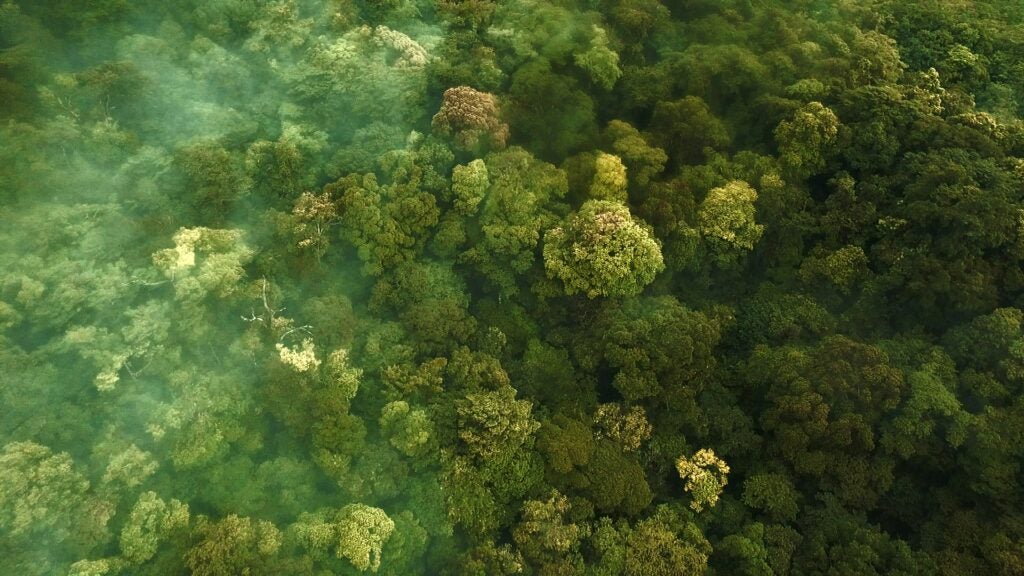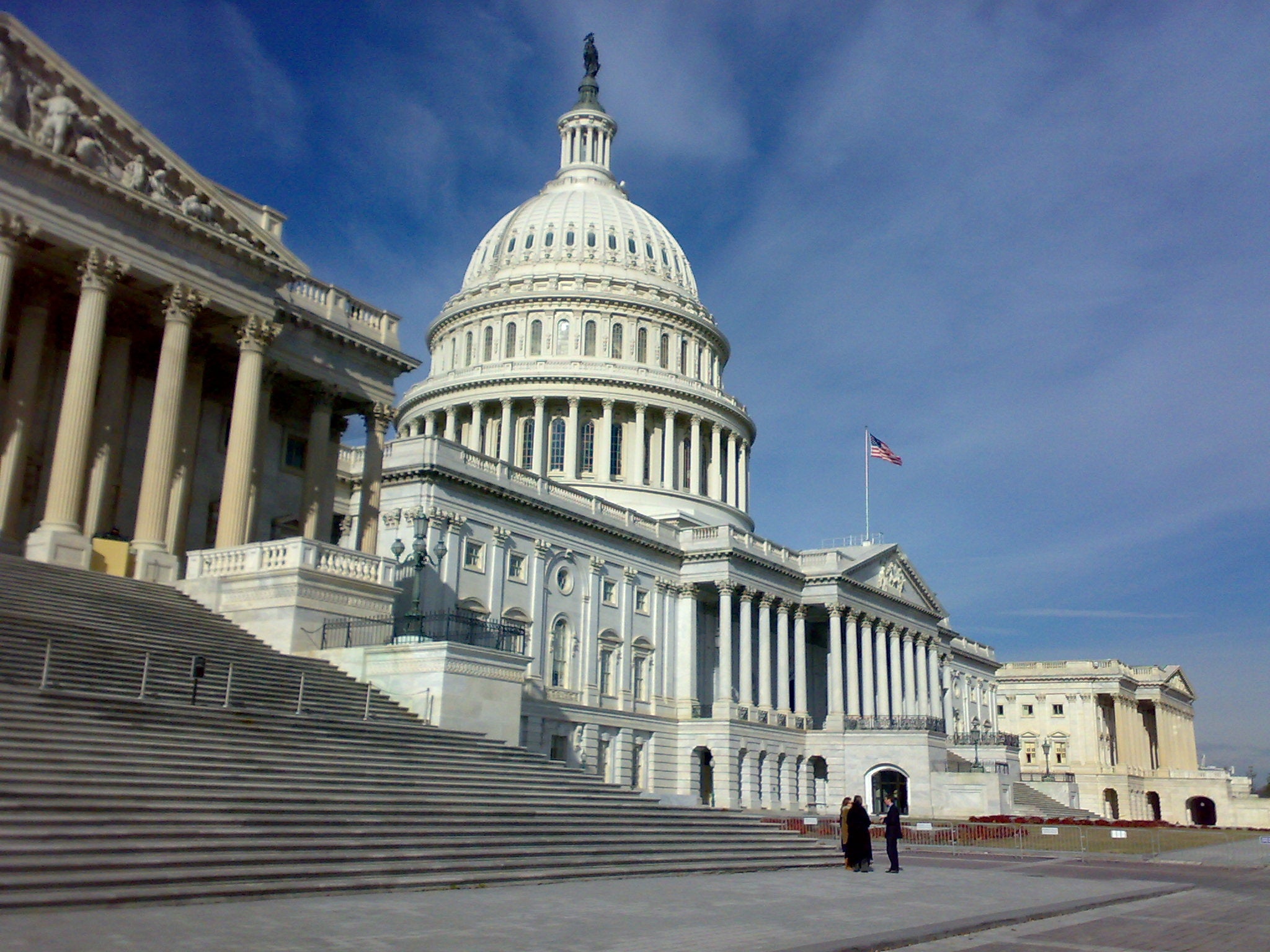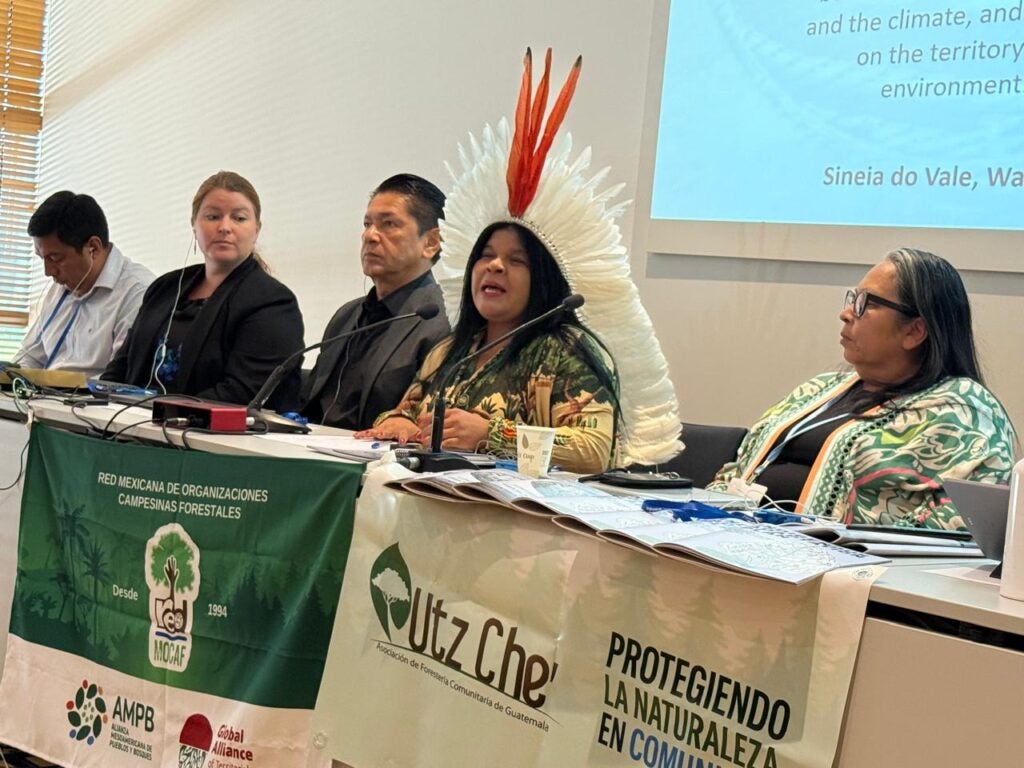Last updated August 20, 2025.
Electricity prices are rising across the U.S. Demand for electricity is going up for the first time in 20 years. And more extreme weather and heat waves are causing blackouts.
Yet instead of expanding access to low-cost, reliable clean power, the Trump administration is making the problem worse. Since Day One, the administration and its allies in Congress have pushed policies that restrict the supply of affordable, homegrown clean energy – creating a self-inflicted rate hike just as the country needs more power.
Wind and solar offer some of the cheapest – and fastest – ways to provide electric power today. In contrast, the cost to build natural gas plants is at a 10-year high and a shortage of turbines is delaying construction, while coal remains the most expensive and dirtiest way to generate power. To put it simply: Blocking cheap, clean energy while doubling down on outdated fossil fuels makes no economic or environmental sense.
The attacks on clean energy will not only hike up our electricity bills, but they will also unleash more pollution in our water and air, kill thousands of jobs and make our electric grid weaker.
How is this happening? Here are major ways the Trump administration is obstructing clean energy: Read More














